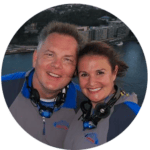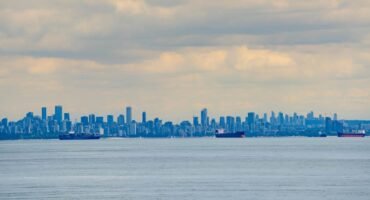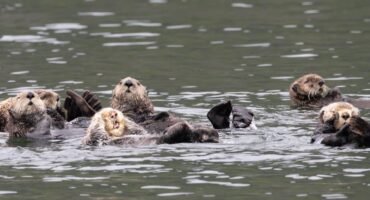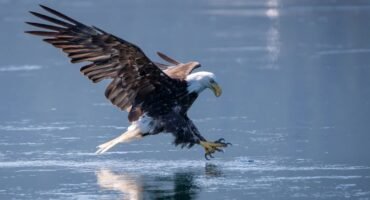
The Shortest Expedition Cruise Ever
Wild Alaska on the National Geographic Sea Lion with Lindblad Expditions
Our six-day expedition started in Sitka and ended in Juneau, offering activities such as hiking, kayaking, paddleboarding, and fly fishing. We planned to explore glaciers and fjords, and hope to spot wildlife including moose, bears, bald eagles, puffins, sea lions, orcas, otters, and humpbacks.
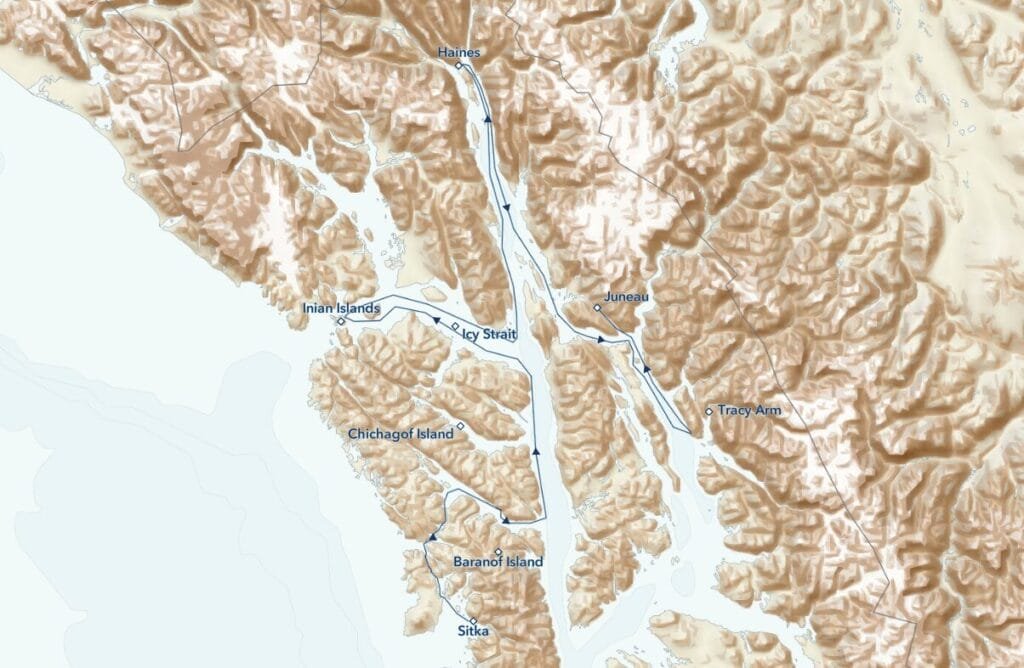
When we arrived a little before 2, the room was pretty empty—most passengers were likely out exploring the town, having just arrived that day. But you could sense the added chaos from the CrowdStrike outage a few days earlier, which had thrown everyone’s travel plans into disarray. Some people were clearly stressed, arriving without luggage or even missing group members.
The Expedition Spirit
Right on schedule at 3 pm, the expedition leader welcomed us and started with the usual: this is an expedition cruise, expect Plan A, Plan B, and so on. But something seemed a little off—then he announced that the ship had a broken port engine and needed a part, so we wouldn’t be departing that night as planned. Instead, they loaded us onto buses for a tour, starting with the Raptor Center. I’d missed the memo about the tour before boarding the ship so we’d already been there. That said, we got a better tour as part of a group because we got to see the flight centre, an impressive facility with one-way glass so the raptors don’t realise they are being watched. The next stop was the Sitka National Historical Park, which looked amazing, but it was dark and rainy, so we stayed on the bus and began discussing our situation.
Exploring our Options
This is where my design thinking brain kicked in. Instead of getting frustrated, we approached the situation as a problem-solving challenge. We empathised with the other passengers—they’d probably been looking forward to this for months. For us, though, this was just icing on the cake after an amazing experience at Brooks. We had some constraints to consider: we had a few days in Juneau after the expedition, and our flight to Hawaii departed from there. So, we brainstormed a range of options:
-
Fly back to Anchorage and explore Homer or Seward
-
Fly to Anchorage and then on to Kodiak
-
Fly back to Anchorage and head North to Denali
-
Fly to Vancouver—maybe Vancouver Island
-
Take the Alaska ferry to Washington State
-
Fly to Seattle and explore the San Juan Islands
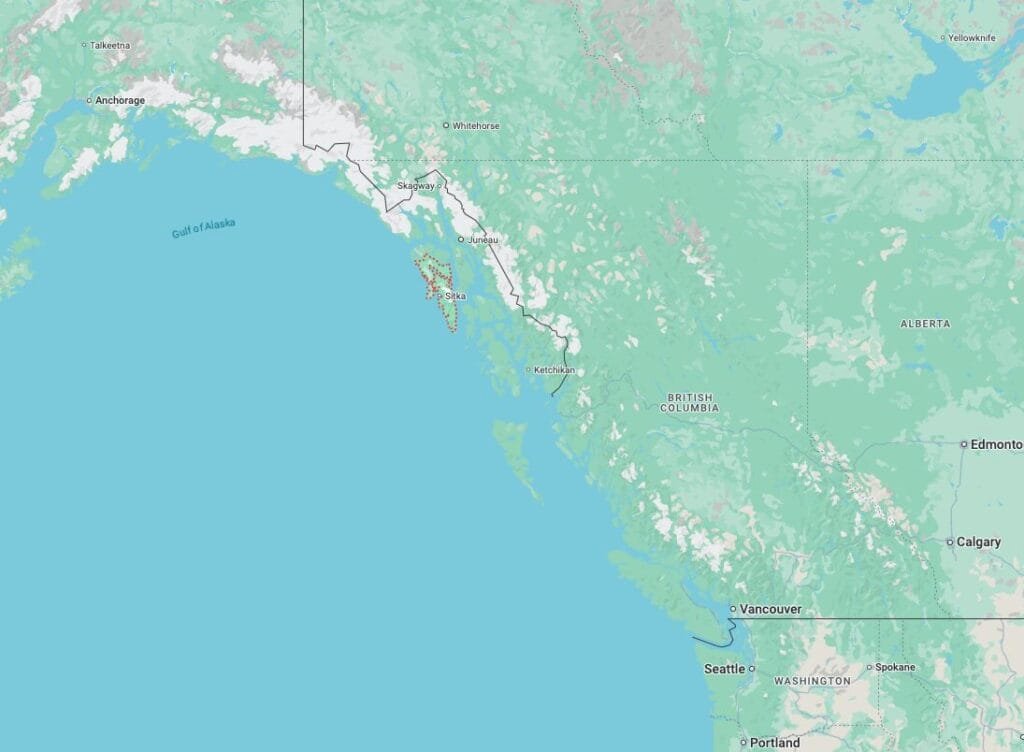
We quickly prioritised. Seeing orcas was high on our list, which helped narrow things down. Some options were logistically tough, with low availability during high season, and others were impossible, like the ferry not running due to crew shortages. We also checked the weather forecast. Having a plan in mind gave us some comfort, but we had been looking forward to an Alaskan expedition, so decided to wait for the next update.
You can’t always control what happens, but you can control how you react.
Boarding the Ship
Around 5 pm, we headed to the ship, which was literally around the corner from the Mean Queen. We’d booked the last available cabin, #201, on the upper (middle) deck. The cabin was on the port side at the very front, right by the observation deck.
 (Photo from Lindblad Expeditions)
(Photo from Lindblad Expeditions)
The cabin was … cozy, with two single beds, a sink, and a small bathroom with a combined shower and toilet. The ship carries just 60 passengers, so it’s pretty intimate. Our luggage was waiting for us, but we agreed that it didn’t make sense to unpack.

(Photo from Lindblad Expeditions)
After the safety briefing and lifeboat muster drill, we gathered in the lounge for another update. The part still hadn’t been located, though they were looking at having one flown in. I felt for the expedition team—they didn’t want to be stuck in port any more than we did, and it wasn’t in their control. Sitka is pretty remote—not the best place to have a broken engine. Passengers were getting grumpy, wanting certainty that the captain and expedition team couldn’t provide. They did mention we weren’t trapped—if we wanted to leave, Lindblad would offer a full refund or a credit and a 25% discount on a future trip. They also mentioned they could arrange excursions in Sitka if we were stuck another day, thanks to their great relationships there. We’d seen enough of Sitka though, so this wasn’t too appealing.
Making our Plan B
We started prototyping our options. The first flight out of Sitka was at 1:30 pm to Seattle, with plenty of seats available. Our plan was to wait for the morning update, and if they didn’t have a firm schedule, we’d be on the first flight off the island. Dinner was all about strategy—some people were on back-to-back itineraries, so they were stuck waiting it out.
Neither of us slept well; the bed was a foot too short for 6’6” Andy. We got up for early riser coffee and spotted a local seal swimming by. Wildlife! The cinnamon rolls at breakfast were a bright spot, but the 9 am briefing didn’t bring much good news—they still hadn’t located the part. The passenger vibe was deteriorating – people were really irritated by the uncertainty. It didn’t help that the only activity planned for the day was taking the Zodiacs out in the afternoon. With two cruise ships in port, booking anything last minute was impossible.
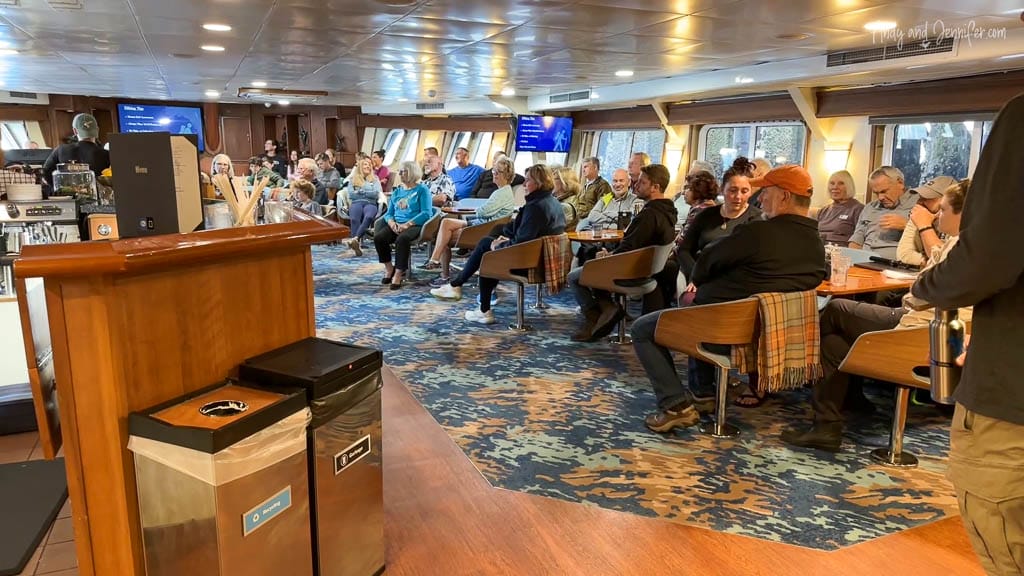
Inflating our Metaphorical Life Vests
So that was it—we were out. I jumped on my phone, used the Alaska app to change our flights, and booked a room at the Seattle Marriott. The plan was to get off the island and figure out our next move from there. We were the first passengers to leave, though a few others had decided to head back to Anchorage on a later flight. The only wrinkle was that we now had six days in Hawaii instead of three, but that was a problem I could deal with.
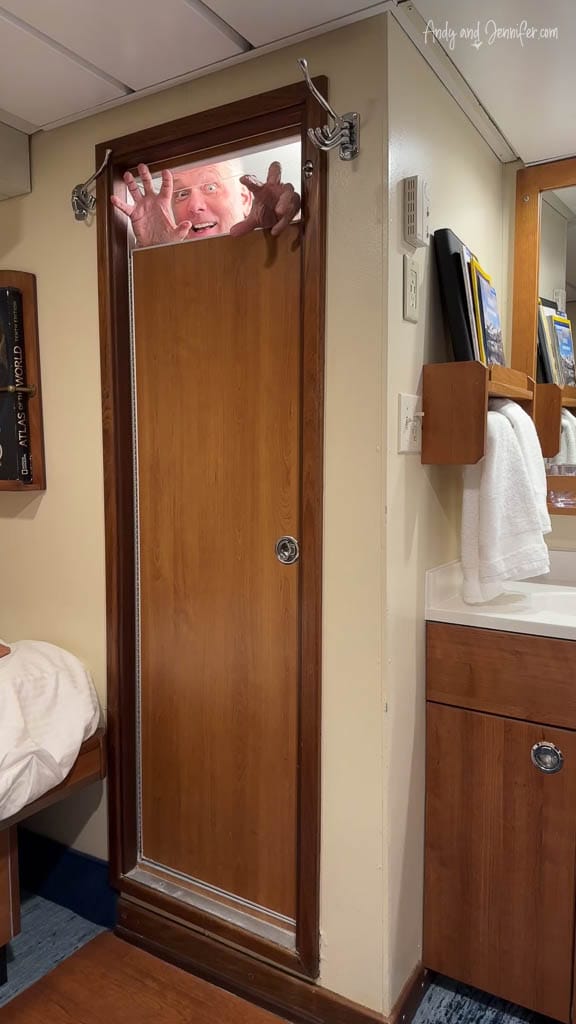
Once we knew Seattle was our next stop, we set our sights on the San Juan Islands. It was peak whale season, and the chances of spotting orcas were high. There was literally one Airbnb available for the three nights we needed, so I quickly messaged the host to confirm it was open… for the next day.
Maybe it was because we’d been in such remote areas, but the Seattle airport felt overwhelming. It was packed (probably due to the recent travel disruptions), and the construction didn’t help. After wandering around for a bit, we finally found the hotel shuttle, which thankfully arrived right away for the short 5-minute drive to our hotel. Meanwhile, the Airbnb host responded—they’d had a last-minute cancellation, so it was indeed available. I booked it on the spot.
How to Get from Seattle to Friday Harbor
Now I just had to figure out how to get to Friday Harbor. The ferry from Seattle was no longer running, which complicated things a bit. We could rent a car and drive to Anacortes, but the ferry there didn’t have any car spots available—only walk-ons. Another option was to take a shuttle from the airport. It was a viable choice, leaving at 11 am to catch the 2 pm ferry would cost about $90 per person. We needed a car in Friday Harbour though, because our accommodation was on the West side of the island.
Then I found a seaplane from Seattle—direct, scenic, and $155 per person. It was the most straightforward option, and we’d get a little aerial tour of the area as a bonus. I jumped on it and secured the last seats on the 2pm flight. Just like with the Brooks seaplane, there was a weight limit, so we’d have to repack and leave a bag at the seaplane office. I also found a rental car in Friday Harbour on Google and booked it, along with a whale-watching trip for day two.
Things were looking up.
We’re Andy and Jennifer—two former corporate executives who chose long ago to prioritise experiences over stuff while pursuing our passions for travel and photography. From the Arctic to Antarctica, and most places in between, we’ve captured the world through our lenses and love sharing those stories. Our careers gave us the means, but our purpose is inspiring others to explore and helping people create images they’re proud of.

